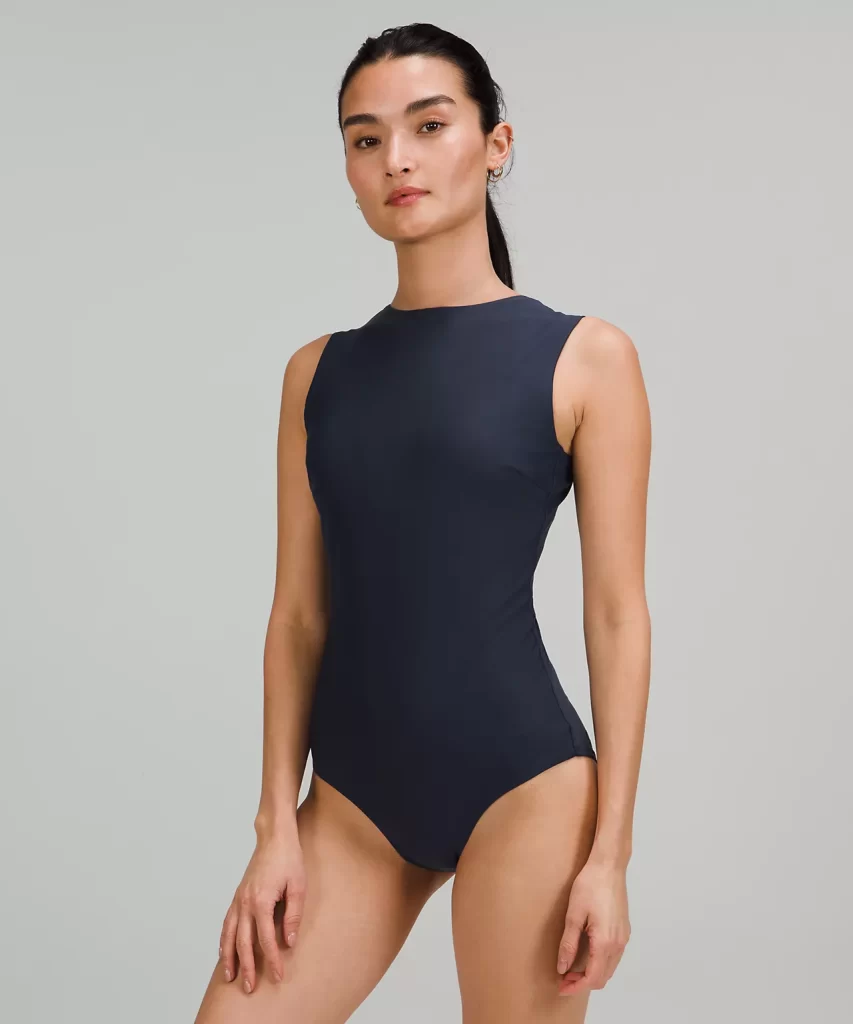Swimwear is meant to make you feel alluring and full of yourself. Something that hugs your body with the most intimate and warm sensation and something you will love to wear both inside the swim and outside.
So basically, you know it is good when it s swimwear that you can live in. If you swim regularly, you know how important is the fabric of the materials used for the swimwear, and when it comes to top swimwear, you know how much research has gone into making a piece of swimwear that feels like home.
The swimwear needs to speak of comfort, boost your performance and last for a long time. So let us understand the if’s and cons of wearing the perfect swimsuit and what goes into making your swimwear before you go in the water!
Fabrics Used To Make The Swimwear
Lycra: Lycra provides great fit and elasticity but is only used in a percentage since it is uncomfortable. Neither is it completely chlorine resistant, found mainly in swimwear.
Nylon: It is the most common and important material used in making swimwear. The reason is simple: the material has great strength, is very lightweight, and perfectly embraces the body. It also dries quickly but requires mixed with other fabrics so that it does not lose its colour in the sun.
Polybutylene Terephthalate: PBT can easily stretch and is chlorine resistant, making it perfect for swimwear. It provides the right amount of pressure on the skin and does not rub against the friction.
Chlorine Tolerant: Any swimwear that cannot stand the chlorine is usually of cheap quality and is not meant for swimming. Good swimming brands mostly use chlorine-resistant materials to make their swimsuits; so that they do not appear worn out after a few frequent uses.
Usually, designers and companies invest a lot of their time and money to research and manufacture the best swimsuits dedicated to swimming purposes.
To get the value for your money, especially if you plan to stay in the pool with your swimsuit, we advise you to invest in a swimsuit that gives you the value for your money!
Lightweight And Easily Resistant: For a competitive swimmer, you know that excessive drag can slow your performance significantly, and the heavier material tends to create excess drag. However, the swimwear manufacturers specifically designed high tech swimwear that can make you feel a part of marine life, which dries quickly enough to make you feel all geared up once again.
In The End
Always choose your swimwear that is friction resistant when you perform repetitive movements. Otherwise, it can leave a mark and diminish the sense of excitement of the event. It’s important to do profound research before choosing your swimwear for swimwear that you can live in.
But regardless of the materials your swimwear is made of; it is recommended that you must care for it properly. Do not forget to rinse it when you leave the pool, sea, or lake and treat it with the recommended care when washing.








